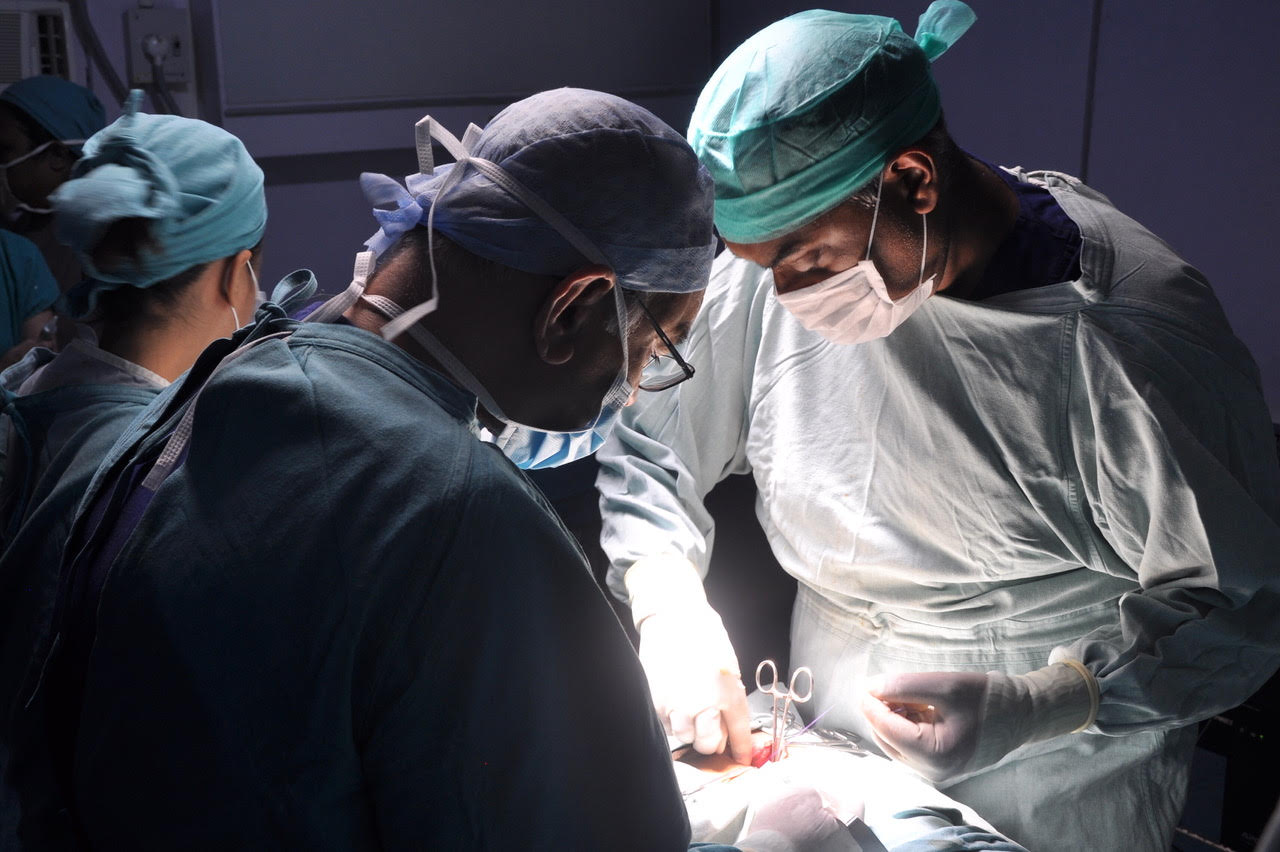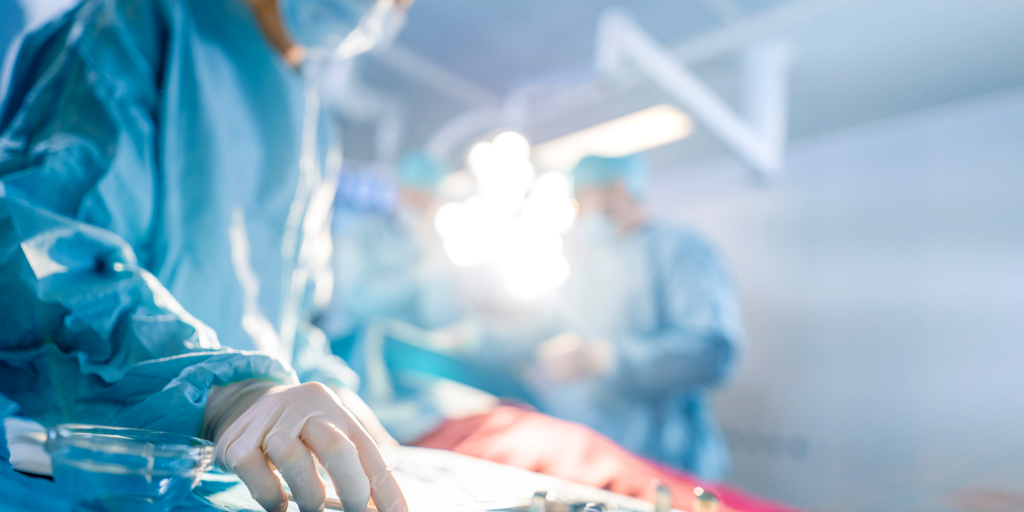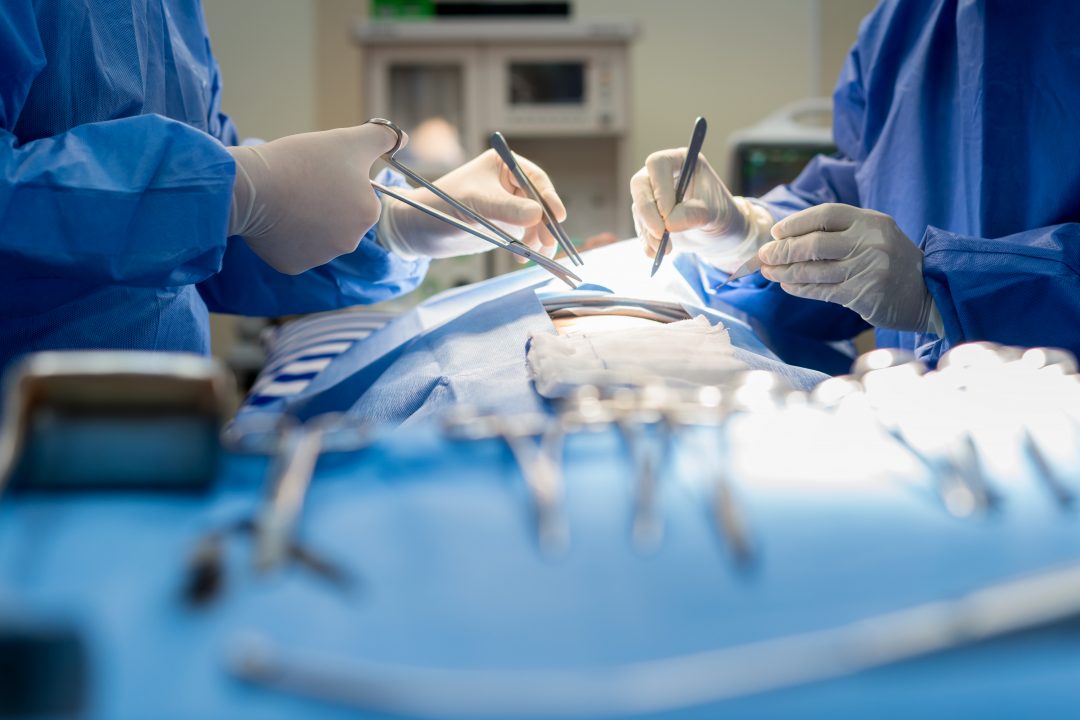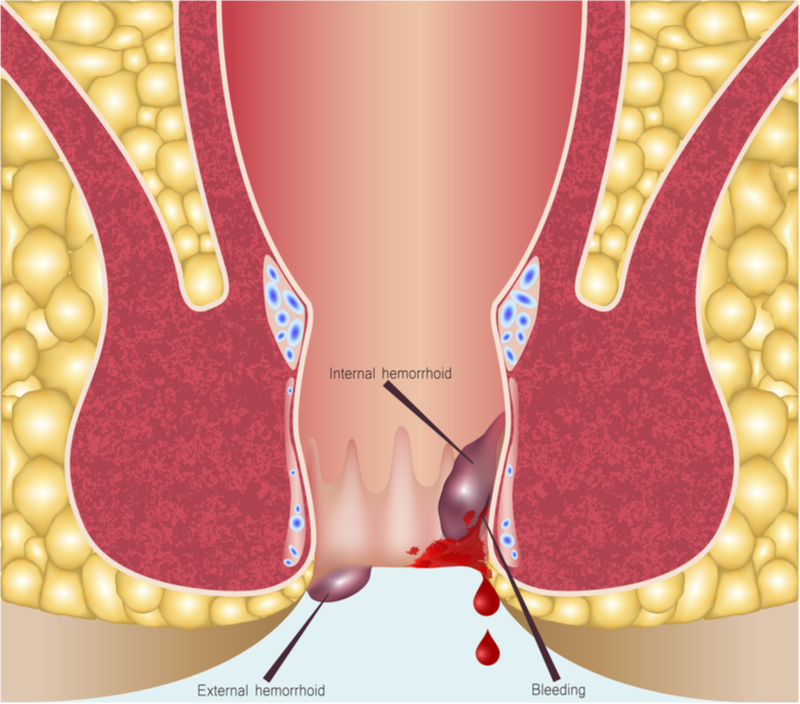



Haemorrhoid Surgery
Haemorrhoids are swellings of the blood vessels inside the anal canal. They are a normal part of the anatomy. They can cause problems when they swell up too much and either bleed or start prolapsing out of the anus. They can cause mucous discharge or itchiness. Pain is rarely due to haemorrhoids and often are due to a different cause.
Constipation and straining are thought to predispose to haemorrhoids swelling and causing symptoms.
Surgical options
You may require a colonoscopy to exclude other causes of bleeding.
Small haemorrhoids can be treated with rubber band ligation. This may be done at the same time as a colonoscopy. Small rubber bands are placed under vision, just above the haemorrhoids. This cuts off their blood supply, which pulls them back into the anal canal and decreases their size. The bands will pass after some hours, there may be some discomfort or the sensation of the urge to open your bowels. There may be some bleeding for a few days after the procedure.
Haemorrhoidectomy is the surgical removal of the haemorrhoids. This is done under general anaesthetic. This has the best success rate of resolving symptoms caused by haemorrhoids. Dr Jayasundera uses a technique called Ligasure haemorrhoidectomy which is less painful than traditional surgical haemorrhoidectomy. However, a certain proportion of people may still get pain for a couple of weeks after surgery, and it is important to follow the post operative instructions carefully.
